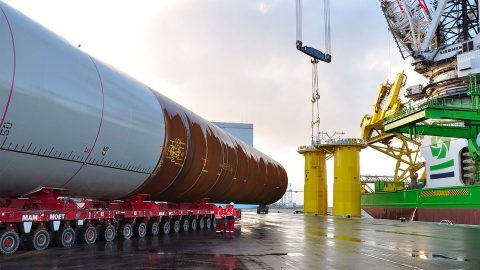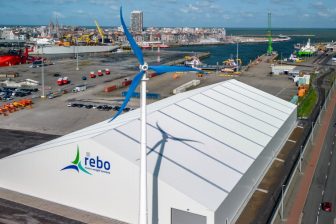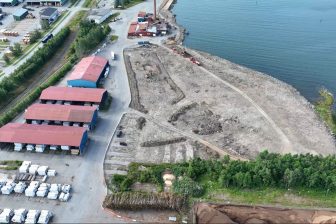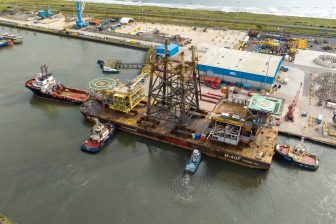
Port of Rotterdam throughput flat, breakbulk on the rise
Breakbulk throughput in the Port of Rotterdam was up by 15 percent in the first nine months of the year, compared to the first three quarters of 2021. The increase was similar within the RoRo and general cargo segment, each increasing 15 percent.
Looking at the figures unveiled in the latest report, overall breakbulk throughput (RoRo and general cargo included) volumes reached almost 26.5 million tonnes. RoRo traffic reached 20.6 million tonnes with general cargo getting up to 5.8 million tonnes.
Overall throughput at the Port of Rotterdam in the first nine months of 2022 came at 351 million tonnes, ticking just 0.3 percent over the volumes in 2021.
There are some underlying major differences, though, especially due to the war in Ukraine, the sanctions against Russia, and the changes in global energy flows. For instance, considerably higher volumes of coal and LNG were imported as alternatives to Russian natural gas. Container transhipment decreased, especially as a result of the loss of trade with Russia.
Allard Castelein, CEO Port of Rotterdam Authority, said, “The total volume makes it seem as if it is business as usual in the port, but the big changes, especially with respect to LNG and coal, indicate that the energy landscape has changed dramatically. With the high energy prices the energy-intensive chemical industry in particular is going through hard times. A faster energy transition makes us less dependent on geopolitical developments in the long term. In the short term, we have to do all we can to retain the chemical industry that is so important to our society.”
Containers traffic slips in Port of Rotterdam
The container segment dropped by 8.6 percent in total weight and by 4.4 percent in number of containers in the first nine months. As a consequence of the sanctions, container traffic between Russia and Rotterdam has almost come to a standstill. In the past few years, about 8 percent of container traffic was related to Russia.
The difference between tonnes (-8.6 percent) and TEUs (-4.4 percent) is because proportionally more empty containers found their way via Rotterdam. Although container logistics is still hampered by disruptions as many vessels do not arrive on schedule and due to the high-capacity usage of the terminals, the volume decrease does lead to logistic problems gradually becoming smaller. Also, the container freight rates have dropped significantly.
The macro-economic climate looks all but promising, what with the continuing war in Ukraine, inflation, and the deteriorated economic climate. Nevertheless, the Port of Rotterdam Authority expects transhipment volume for 2022 to be of the same level as that of last year. Given the highly challenging circumstances in almost all sectors, this would be a remarkable performance of the Rotterdam business community.




